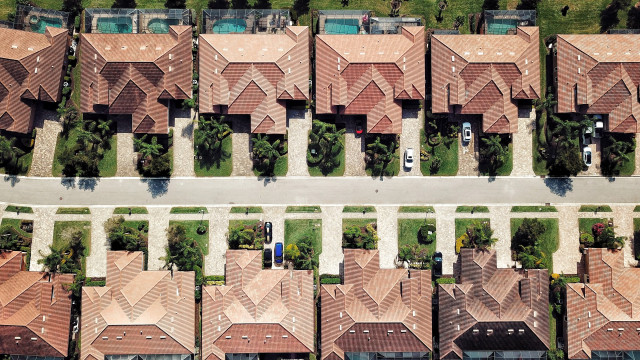
Florida Market Challenges
Arthur Randolph, principal and consulting actuary, says that insurers writing homeowners policies in Florida face a myriad of challenges, including surplus erosion. “A lot of that is due to rate inadequacy and higher than expected losses,” he said. Following are excerpts from the interview.
What are the market forces that caused Florida homeowners insurance companies to go insolvent in recent years?
Since 2019, Florida’s homeowners market has experienced 10 insolvencies, constituting 45% of the national property/casualty insolvencies during this period. Numerous other companies that were poised for insolvency were acquired due to financial distress or consolidated for surplus gain. Key factors include the abuse of assignment of benefits and Florida’s litigious environment, leading to inflated claims. Additionally, increased hurricane and storm frequency and escalating reinsurance costs contributed to rate inadequacy. Regulatory hurdles, such as a 15% rate increase trigger for hearings, further complicated the situation for insurers in Florida.
What are the challenges the surviving homeowners insurance companies face?
Surviving homeowners insurance companies face several challenges. New legislation passed in late 2022 may introduce interpretive challenges, as the legislation applies only to policies effective on Jan. 1, 2023, leaving a gray area for older claims. There’s also a surge in lawsuits, indicating the legislation’s impact. Surplus erosion is a concern due to rate inadequacy and unexpected losses. Legacy companies struggle to secure capital at higher costs compared to newer competitors with cleaner balance sheets. Regulatory scrutiny is expected to intensify due to recent insolvencies, emphasizing the need for stability in the industry.
How is the marketplace responding to the recent Florida legislation?
The recent Florida legislation has spurred the entry of new insurance companies into the market. In late 2022, four new companies were formed, and in 2023, an additional five emerged. This influx is attributed to the legislation, which has also led to a depopulation effort of Citizens Property Insurance Corp., the state’s insurer of last resort. While Citizens grew significantly to 1.4 million policies in 2023, the goal remains to shift policies to the primary market. In 2023, 480,000 takeouts were approved from nine companies, reflecting increased interest in moving policies out of Citizens due to the legislation.
What are other conditions that companies writing homeowners insurance in Florida should be concerned about?
Companies writing homeowners insurance in Florida face several challenges. Legacy companies must still manage tail risk, handling claims not covered by the new legislation. A surge in lawsuits highlights difficulties in assessing reserve positions for policies predating Jan. 1, 2023. Determining future rates amid hurricane losses, convective storms, assignment of benefit issues, and rising defense costs poses a challenge. The ever-evolving plaintiffs bar creates an unpredictable landscape, with past issues like sinkhole claims being replaced by new challenges. Despite guarded optimism, concerns remain about potential ways the plaintiffs bar could impact underwriters in the future. Adaptability is key for Florida insurers.
(published in Issues & Answers by AM Best)



